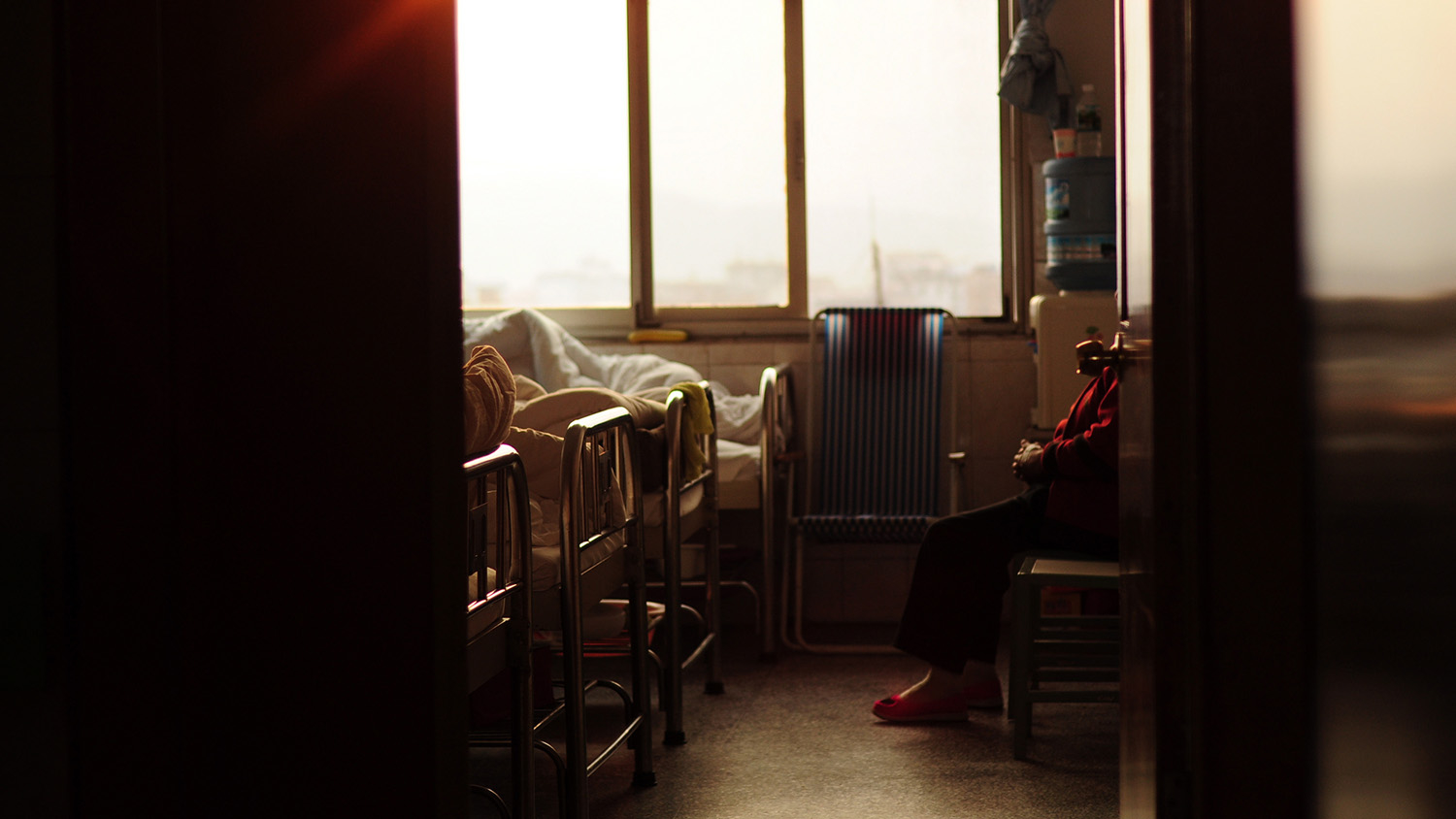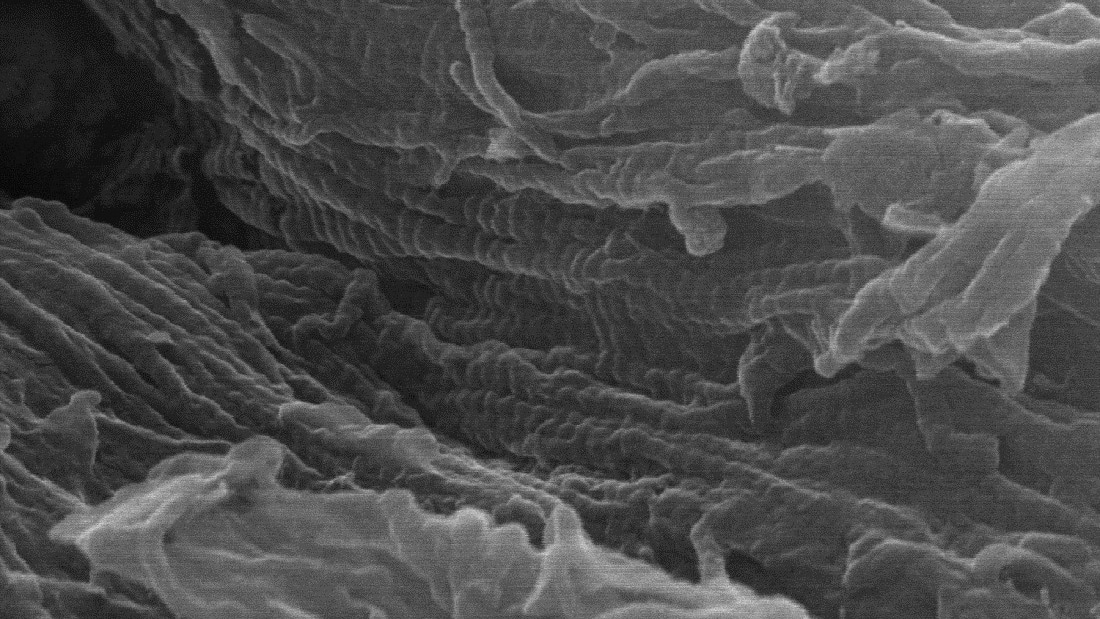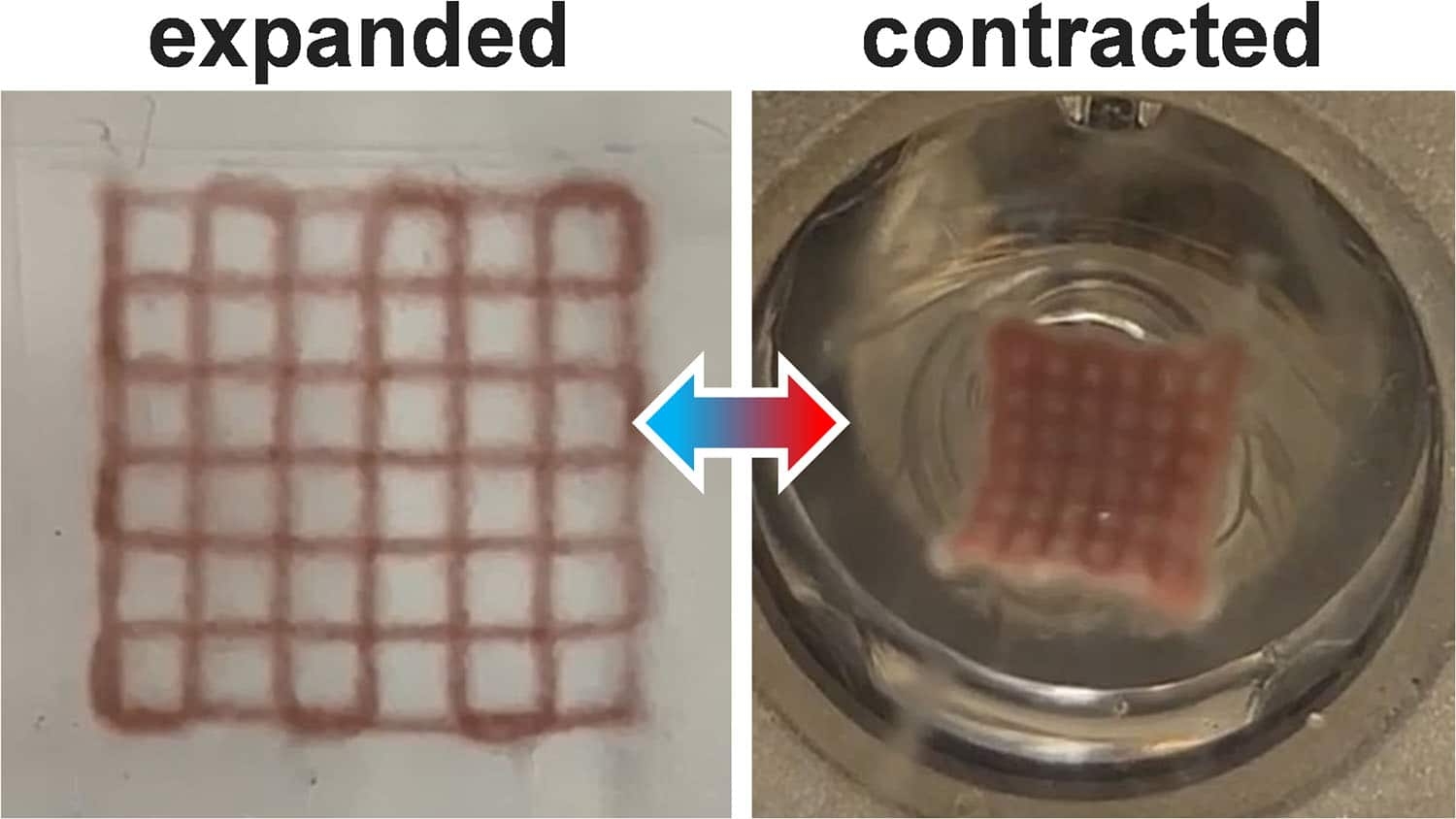Approach Paves Way For New Generation of Antimicrobial Materials

Researchers at North Carolina State University have successfully incorporated “photosensitizers” into a range of polymers, giving those materials the ability to render bacteria and viruses inactive using only ambient oxygen and visible-wavelength light. The new approach opens the door to a range of new products aimed at reducing the transmission of drug-resistant pathogens.
“The transmission of antibiotic-resistant pathogens, including so-called ‘superbugs,’ poses a significant threat to public health, with millions of medical cases occurring each year in the United States alone,” says Reza Ghiladi, associate professor of chemistry at NC State and co-corresponding author of a paper on the work. “Many of these infections are caused by surface-transmitted pathogens.
“Our goal with this work was to develop materials that are self-sterilizing, nontoxic and resilient enough for practical use. And we’ve been successful.”
“A lot of work has been done to develop photosensitizer molecules that use the energy from visible light to convert oxygen in the air into biocidal ‘singlet’ oxygen, which effectively punches holes in viruses and bacteria,” says Richard Spontak, distinguished professor of chemical and biomolecular engineering, professor of materials science and engineering at NC State and co-corresponding author of the paper. “There is no resistance to this mode of action.
“However, the bulk of previous work in this area has been done using substrates – such as cellulose – that are not practical for daily use in places like hospitals. Our work here moves well beyond that.”
The new approach involves incorporating photosensitizers into hydrophobic, semi-crystalline elastomers, which are waterproof and mechanically resilient – while also allowing oxygen to access the photosensitizers. What’s more, the distribution of photosensitizers in the material means that it will retain its antimicrobial properties even if the surface of the material is scratched or worn away.
“This paper focuses on one class of polymers, but it is a fundamental proof of concept that demonstrates the ability to put these photosensitizers into a range of robust ‘soft’ materials without sacrificing functionality,” Spontak says. “This is the tip of the iceberg.”
In lab testing, the researchers found that a photosensitizer-embedded polymer inactivated at least 99.89 percent of five bacterial strains – and 99.95 percent of two viruses – when exposed to light for 60 minutes.
“We’ve also demonstrated that we can make these materials using commercially available photosensitizers and polymers in a relatively simple process,” Ghiladi says. “This makes bulk manufacturing both viable and less expensive than previous approaches to creating photosensitizer materials.
“We’re currently looking for partners to work with us on research using these materials to address pathogens of national importance, such as Clostridium difficile, which is classified as an ‘urgent’ hazard level by the CDC, and anthrax.”
“And while we want to pursue applications in high-tech environments, such as hospitals, we think there is a huge potential for improving health in impoverished areas,” Spontak says. “If we can develop self-sterilizing items that help limit the spread of disease in areas with limited medical resources, we could save a lot of lives.”
The paper, “Photodynamic Polymers as Comprehensive Anti-Infective Materials: Staying Ahead of a Growing Global Threat,” is published in the journal ACS Applied Materials & Interfaces. First author of the paper is Bharadwaja Peddinti, a Ph.D. student at NC State. The paper was co-authored by Frank Scholle, associate professor of biological sciences at NC State.
The work was performed with support from the NC State Nonwovens Institute and NC State’s Analytical Instrumentation Facility, which is funded by the State of North Carolina and the National Science Foundation (under grant number ECCS-1542015).
-shipman-
Note to Editors: The study abstract follows.
“Photodynamic Polymers as Comprehensive Anti-Infective Materials: Staying Ahead of a Growing Global Threat”
Authors: Bharadwaja S.T. Peddinti, Frank Scholle, Reza A. Ghiladi and Richard J. Spontak, North Carolina State University
Published: July 25, ACS Applied Materials & Interfaces
DOI: 10.1021/acsami.8b09139
Abstract: To combat the global threat posed by surface-adhering pathogens that are becoming increasingly drug-resistant, we explore the anti-infective efficacy of bulk thermoplastic elastomer films containing ?1 wt % zinc-tetra(4-N-methylpyridyl)porphine (ZnTMPyP4+), a photoactive antimicrobial that utilizes visible light to generate singlet oxygen. This photodynamic polymer is capable of inactivating five bacterial strains and two viruses with at least 99.89% and 99.95% success, respectively, after exposure to noncoherent light for 60 min. Unlike other anti-infective methodologies commonly requiring oxidizing chemicals, carcinogenic radiation, or toxic nanoparticles, our approach is nonspecific and safe/nontoxic, and sustainably relies on the availability of just oxygen and visible light.
This post was originally published in NC State News.


